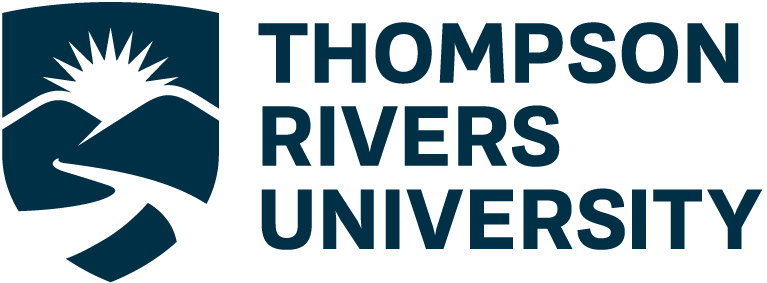Literature Review
Here you will learn about the importance of literature reviews, how to understand the reliability and validity of your resources, collection techniques and how to write your own.
What is a Literature Review?
A literature review focuses on the current research of your topic by accredited scholars and professionals in your field. It serves as a summary of the current research and indicates which direction further research in this field can be taken.
You can view a literature review as a discussion on the methodology and results of other papers surrounding the specific topic you are researching. As well, a literature review should focus on the strengths and weaknesses of the current literature. This helps highlight gaps in the current research and gives a direction for future research (University of Concordia, n.d.; University of Edinburgh, 2020).
We also built the module below to help you learn about the different facets of literature review. Click any of the lightbulbs for more insights on different areas!
How Do I Start a Literature Review?
- Determine your research question (see how to form a research question), this will be the topic of your literature review
- Determine what your literature review is focusing on; are you looking at issues of methodology? Policies? Data Analysis?
- Select the databases you will use to conduct your searches. This is important and different databases pertain to different subject areas. See TRU Libraries Research Guide by Disciplines for databases relevant to your topic (University of West Florida, 2020).
Collecting & Evaluating Sources
Now, you can start collecting relevant articles that are pertinent to your research question. It must be directly related to your research question– try not to be too broad when searching for resources. Remember to be critical when reviewing your sources, and make notes when reading through to remind yourself later what the main points were.
When reading your papers keep these following questions in mind (Taylor, n.d.):
- What is this author’s expertise and what are their credentials in this field of study?
- If the article is published in a journal: is it peer-reviewed?
- How does this article contribute to our understanding of the problem or issue?
- What are its strengths and limitations?
- Are the research methods valid, and are the measurements valid?
- Is the data analysis appropriate for this data?
- Does the author include sources with positions they do not agree with?
- Did the author cherry pick by only including literature they agreed with?
- How is this piece of literature relevant to my research question?
- Could the problem have been approached more effectively from another perspective?
- Are there any gaps or contradictions between the papers?
The Literature Review Process
Take a look at how the literature review process typically works! As before, click on the lightbulbs to see insights about different parts of the process:
Writing the Literature Review
Now that you have all of your sources in your literature review, it’s time to write up what you need to analyze and interpret and discuss the findings and conclusions of your sources. What are each source’s strengths and weaknesses? Are they comparable to the rest of your sources or are there contrary findings? A common way of formatting a literature review is to create sections by common themes then highlight the differences and similarities between the sources for each theme. Your whole literature review revolves around your topic sentence so try to frame your research question in a sentence.
Example Topic Sentences:
- The purpose of this literature review is to examine current risk factors associated with bloodstream infections for patients with kidney disease
- The purpose of this literature review is to evaluate current methods of determining the age of trees in a non-destructive manner
At the end of your review, you want to be able to make recommendations based on what you have discussed. For example, what research still needs to be done in this area? Or what conclusions still need to be tested?
Ask yourself questions like these:
- Did I search for information appropriately? Did I look at the right research databases?
- Did I include a wide enough range to ensure I reduced no bias and included all the relevant materials?
- How many sources do I have? Is the number appropriate for the length of my paper?
If you get stuck on how to write a literature review or you are having issues with the layout, see the following published literature reviews below.
Examples of Published Literature Reviews:
- Lata, C., Girard, L., Parkins, M., & James, M. T. (2016). Catheter-related bloodstream infection in end-stage kidney disease: a Canadian narrative review. Canadian journal of kidney health and disease, 3, 24. https://doi.org/10.1186/s40697-016-0115-8
- Thome, J., & Tucha, O. (2017). Sweat it out? The effects of physical exercise on cognition and behavior in children and adults with ADHD: a systematic literature review. Journal of neural transmission (Vienna, Austria : 1996), 124 (Suppl 1), 3–26. https://doi.org/10.1007/s00702-016-1593-7
References
Taylor, D. (n.d.). The Literature Review: A Few Tips On Conducting It. https://advice.writing.utoronto.ca/types-of-writing/literature-review/
University of West Florida (May 12, 2020). Literature Review: Conducting & Writing. https://libguides.uwf.edu/c.php?g=215199&p=1420520
University of Concordia (n.d.). How to Write a Literature Review. https://library.concordia.ca/help/writing/literature-review.php
University of Edinburgh (May 21, 2020). Literature Review. https://www.ed.ac.uk/institute-academic-development/study-hub/learning-resources/literature-review

